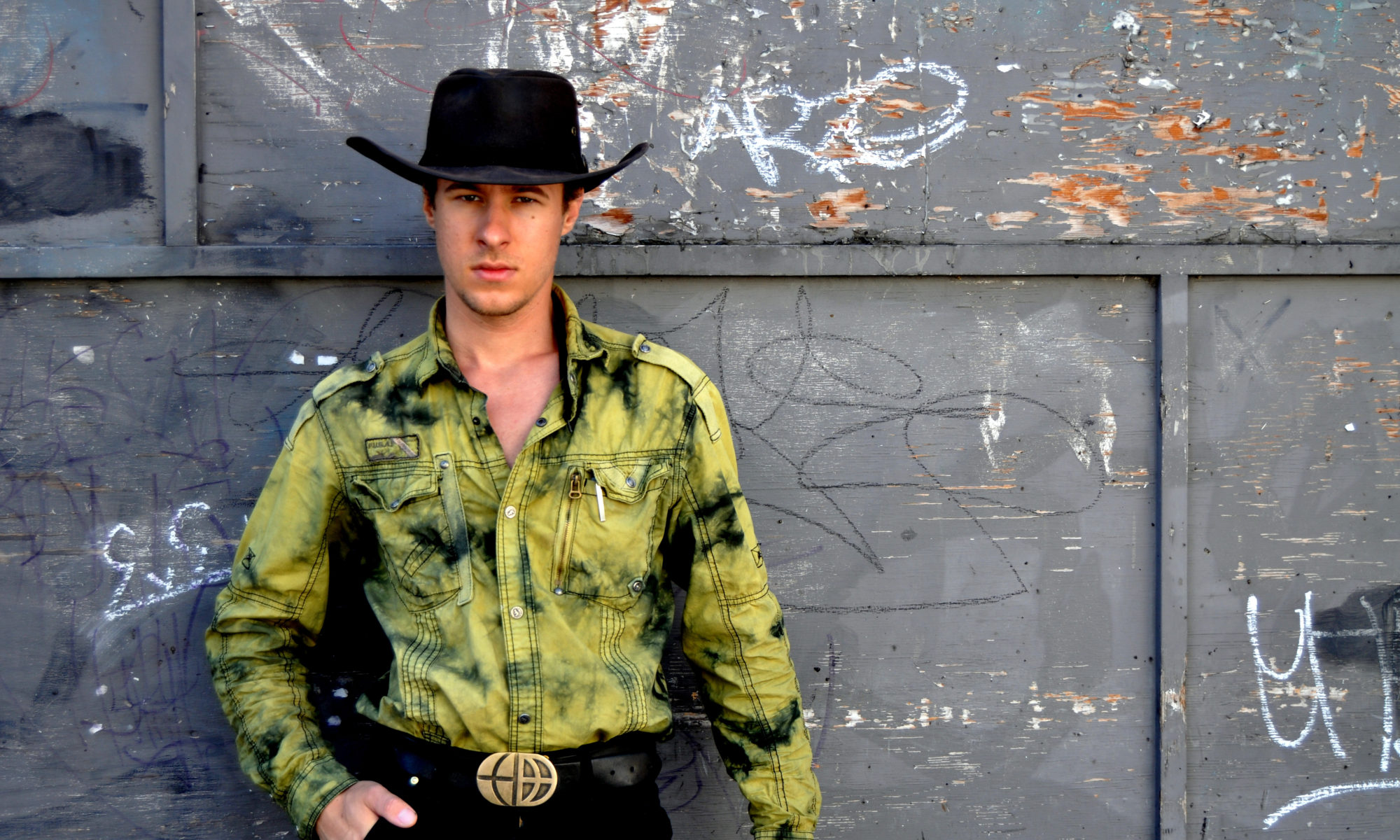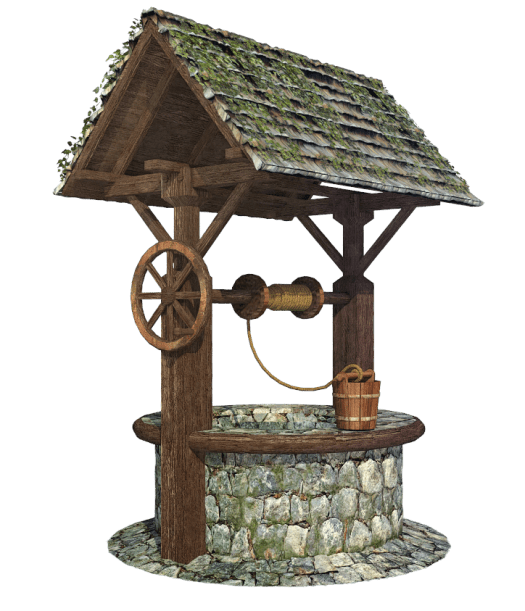Transmutation is the action of changing or the state of being changed into another form. To put it another way, it is the alchemy of converting lead into gold.
Pain is inevitable in our life. We all experience pain in some form or another. However pain can be toxic to our spiritual and physical selves. One of the best ways of relieving yourself of pain is to write … and then write some more. Writing often takes the pain literally out of you and onto paper. Often when we remove the parasite of pain through writing we can look at it for what it is and often find it so trivial that it vanishes.
However there are some pains that are so entrenched that even extensive writing is no remedy. I recently experienced pain in the form of grief, sadness and anger over the destruction of a natural area of which I considered a sacred place where I derived much wisdom at an early age and throughout my life. Hearing and seeing the daily bulldozers and rock-crushers demolish a sacred mountain of which I view as family was too much for me to handle. Overwhelming pain caused a negative change in my body which manifested in physical issues such as grinding the teeth to inflame wisdom teeth and having bad accidents while working.
What was my solution?
To channel this destructive energy into something productive. To make this bad thing in my life a catalyst for something good. One of the most influential and positive things in my life was that I was unschooled and given freedom to explore the subjects that I wanted to learn. I remember this would have never happened if it wasn’t for a horrible fourth grade teacher which caused me to become so depressed my parent’s took me out of school.
Likewise for the pain of the destruction of wild-lands, I channel this energy into being a catalyst to learn environmental law. I bought myself a stack of environmental law books and enrolled myself into an online course. Knowledge is power and every time I get a twinge of painful anger I direct it into learning environmental law. I went from being disempowered to becoming empowered. If you transmute pain well enough you even become grateful for the cause of your pain. Grateful that it acted as such a catalyst for positive change in your life.
While on the topic of transmutation, we can also transmute sex energy. Sex energy is simply creative energy. This creative energy is one of the most powerful spiritual “compounds” that propels us through life. It is what can create the most beautiful and harmonious things as well as be the source for war and destruction. Too often this creative energy becomes stagnant, builds and causes issues if is repressed / suppressed. It is the equivalent of a pressure vessel full of steam with no outlet. It will cause destruction whereas if harnessed properly it can drive an entire locomotive. The key to a most fulfilling life is to not suppress this energy but to cultivate it and channel it into a variety of creative outlets. Often the act of being creative brings forth even more creative energy to use. Beyond making love with a loving partner, using spiritually fulfilling ways, we can also channel this energy into other creative outlets:
-Visual Art
-Dance
-Music
-Philosophy
Let it all out and “Die Empty”. At the end of life, will the unexpressed stories / ideas / art / dance within your mind die with you? Or will you express all that is within you?
The more you flow and more you can.


